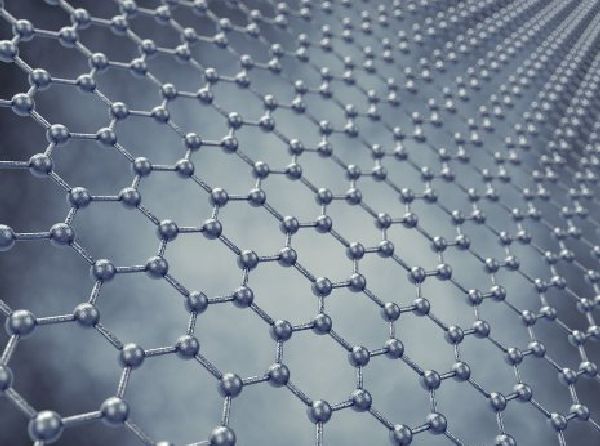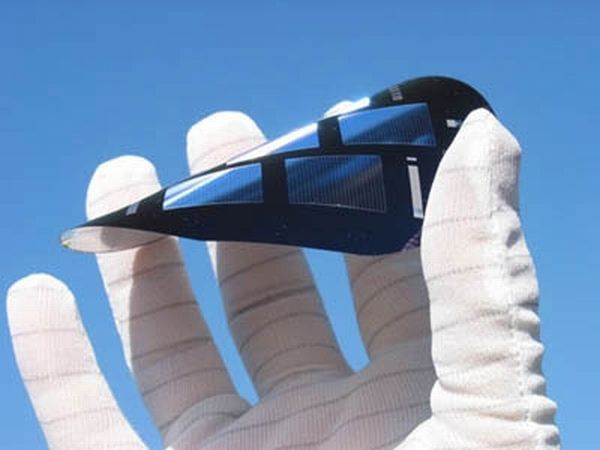Rising up the ladder of advancement to make solar cells more efficient, a team of materials scientists from Michigan Technological University conducted extensive research with graphene to determine how its conductivity could boost the performance of solar cells. Graphene is a two dimensional honeycomb of carbon atoms and among other radical properties, the most useful is its capacity to conduct electricity.

When we talk particularly about dye sensitized cells, we know they don’t rely on expensive materials and are relatively less efficient when it comes to converting light into electricity. Inside these cells, photons from the dye knock electrons into a layer of titanium dioxide, which finally deports them to an anode.
The research team discovered that if graphene was added to titanium dioxide, its conductivity would improve and generate approximately 52 percent more current. The graphene sheets would act like catalysts that accelerate electron transfer to the photoelectrode.
For integrating graphene with the titanium sheets the research team made graphite oxide powder and mixed it with titanium to make a paste. This paste was then applied to the substrate and baked at high temperatures.
Although this all sound simple, but in reality it’s the right recipe that will yield the desired results and if excess amounts of graphene are used, it will absorb all the light reducing the efficiency of the solar cells. Already presented successfully at the US Egypt Joint Workshop in March, its future is a thing to keep track off.
Via: Michigantech




